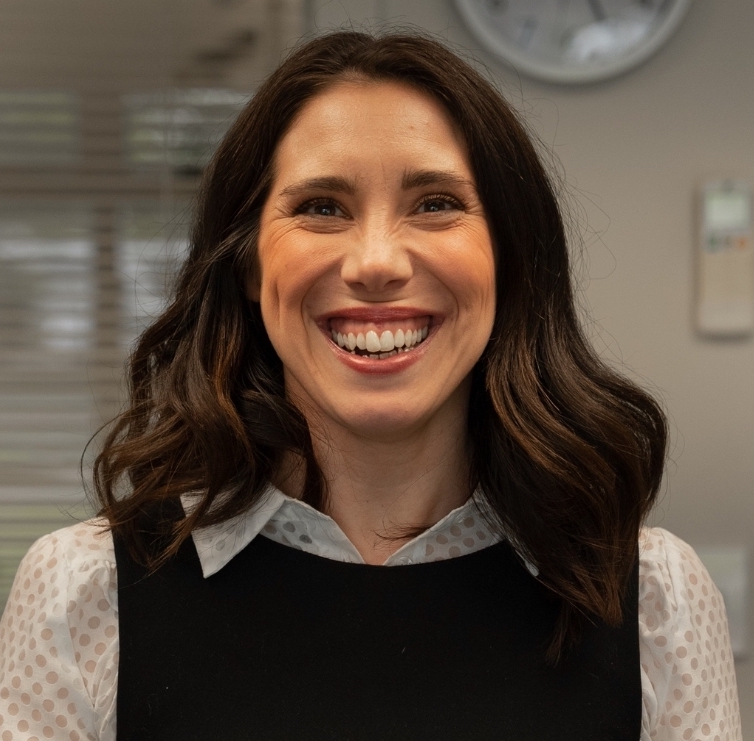Growth Culture exists to breathe life into leaders and to enable them to create cultures where everyone can thrive.
We are relentless in our commitment to the mission:
Empowering Leaders.
Transforming Communities.
Empowering Leaders. Transforming Communities.

Programmes Run
Experience
Of Attendees Recommend





















